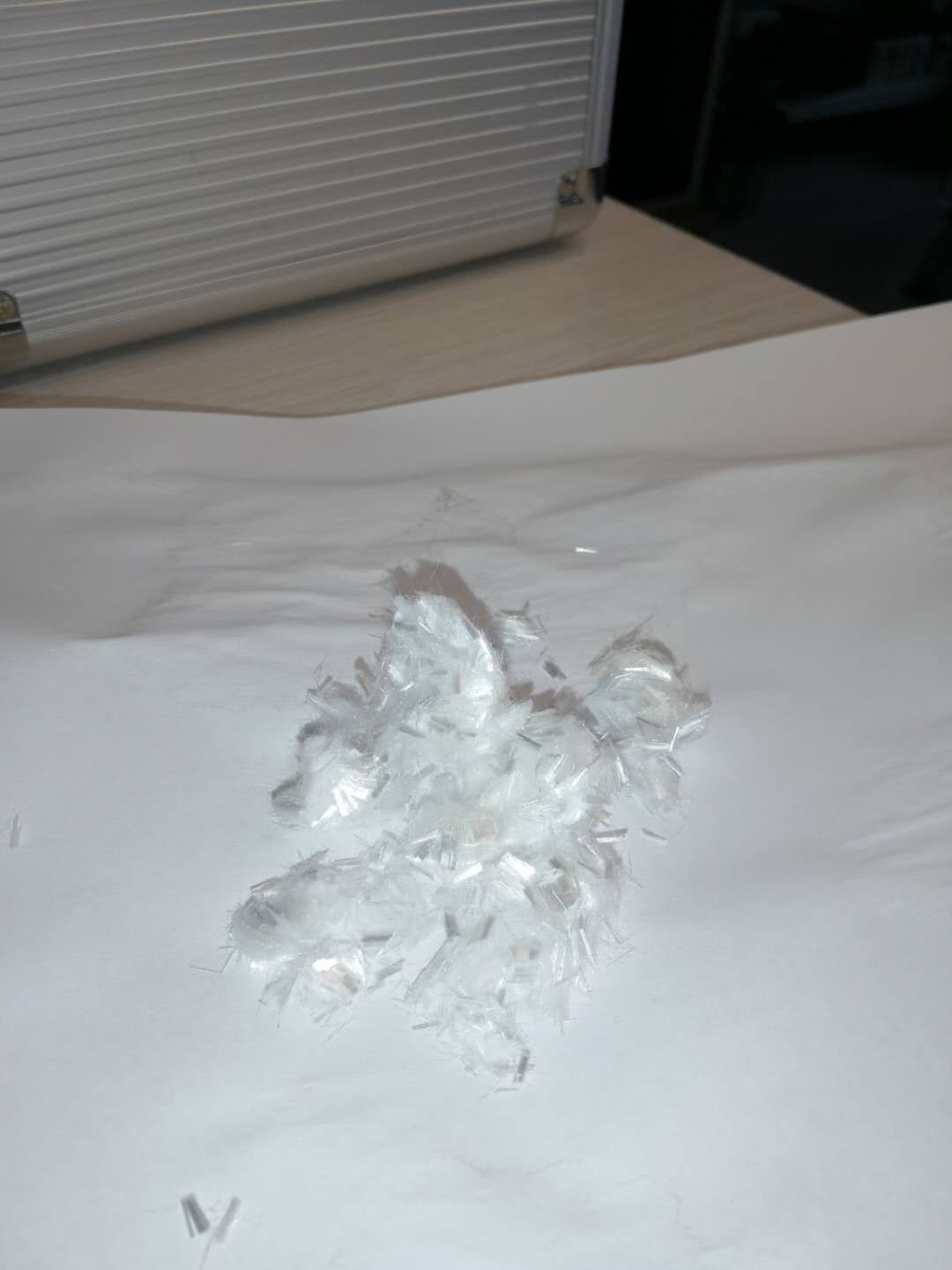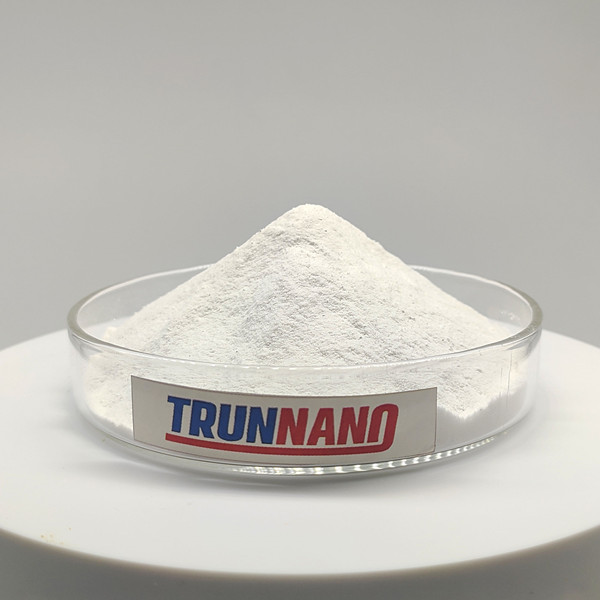Professional solutions on concrete addtives, Concrete Foaming Agent, Superplasticizer, CLC Blocks Additives, and foaming machine
(Types of Concrete Water Reducer)
Types of Concrete Water Reducer
Having a concrete water reducer installed in your home or office is one of the most important things that you can do to ensure that you aren't getting any unwanted water. There are many different types of reducers that you can choose from, and it's important to know which one is best for your needs.
Calcium chloride
Using Calcium Chloride as a concrete water reducer can be a good choice for many situations. It can increase the strength of the concrete while also reducing the initial setting time. However, it is also not without its risks.
It is important to consider whether the benefits of using calcium chloride outweigh its disadvantages. The most important benefit of using calcium chloride is its ability to speed up the hardening process of cement. This is especially helpful during cold weather construction.
Aside from its ability to speed up the hardening of concrete, calcium chloride has a few other beneficial properties. First, it does not allow air to entrain into the concrete. It can also improve the compressive strength of the concrete.
In addition, calcium chloride can promote the swelling of the aggregate. It can also accelerate the hydration process of the cement. It does not affect the water-cement ratio, but it will speed up the setting of the concrete.
Lignosulphonates
Traditionally, lignosulphonates are used in concrete as water reducers. However, lignosulfonates show poor adaptability to concrete. They are not compatible with cement and have low water reducing ratio. They are also unstable. In order to solve these problems, a new-type high-performance concrete water reducer is developed. It can raise the fluidity of the cement paste and improve the cement's adaptability. The product is easily accepted by the public. It can be used for a wide range of applications. The price of the product is very reasonable.
The raw material of the present invention is obtained from the waste liquid of paper pulp. It is made from oxydol, which is generally industrial grade. The purity of oxydol is about 30%. It is mixed with a thin black liquor of the paper pulp.
After this, the lignin and the aliphatics water reducer are grafted together. Then, the grafted product is reacted with anhydrous sulphite. The resulting water reducer is red or brown. The water reducing ratio of the grafted aliphatics water reducer is about 70% to 80% higher than that of the original lignin water reducer.
Melamine based water reducer
Among all the different types of water reducers available for concrete, melamine based concrete water reducer is a relatively new one. It has the ability to enhance the strength, workability and compressive strength of the concrete. It is also very effective in controlling the pH value. It can be used as an additive to the concrete mixes to produce high-strength and flowing concrete.
It is made from sulfonated melamine formaldehyde. It is commonly used in self-compacting concrete, refractory concrete, cements, plasters, high strength concrete and precast concrete. The sulfonated melamine is formed by condensation polymerization.
The sulfonated melamine forms a molecule with high hydroxy-acid groups, thus giving the resin a large charge. Its primary set-retarding effect allows it to disperse the cement particles. It is used in combination with carbohydrate admixtures. The sulfonated molecule is also useful as an alkali neutralizing agent.
It has a small slump loss. This means it is a suitable water reducer for dry mixed mortars.
High-range water reducers
Using high range concrete water reducers can help produce durable concrete in environments that can be challenging. They can also help reduce the cross section of compression members in high-rise buildings.
High range water reducers, otherwise known as superplasticizers, are a new category of concrete admixtures. They are typically added to concrete at the job site. They reduce the water-cementitious ratio, allowing for higher slumps and flowability.
High-range water reducers fall into the ASTM C494 Type G classification. They can be introduced at both the mixing and pouring stages. This allows for better control of the initial rheological behavior of UWC. They are commonly used in situations where a concrete mix has a very low slump.
When added to a concrete mix, these admixtures will reduce the water-cementitious ratio by 5 to 10 percent. This will help to improve the strength, rheology and other properties of the concrete. They can be used in both commercial and residential flatwork.
Concrete additives Supplier
TRUNNANO is a reliable concrete additives supplier with over 12-year experience in nano-building energy conservation and nanotechnology development.
If you are looking for high-quality concrete additives, please feel free to contact us and send an inquiry. (sales@cabr-concrete.com)
We accept payment via Credit Card, T/T, West Union, and Paypal. TRUNNANO will ship the goods to customers overseas through FedEx, DHL, by air, or by sea.
(Types of Concrete Water Reducer)








